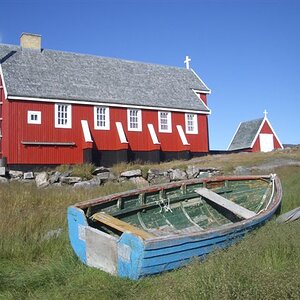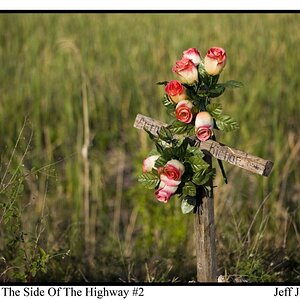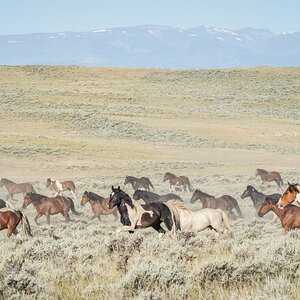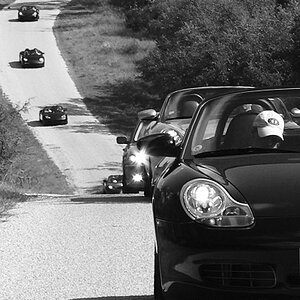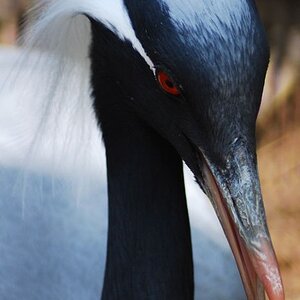helenjune
TPF Noob!
- Joined
- Jun 5, 2011
- Messages
- 43
- Reaction score
- 2
- Location
- Australia
- Can others edit my Photos
- Photos OK to edit
This image may speak to your emotions, but the image isn't created out of your emotion, it is created out of the existance of what is already there. Photography is often simply a form of reporting, recording, or documentation. Photography on a secondary level is about interpretation.
I feel like this really speaks to me.
Perhaps I don't create things with my emotion because emotion isn't mine to command, or anyones, for that matter. The most I can do is try to understand it, but in the end, I am a channel and a filter through which the world communicates itself. And that can be linked to what I was talking about in regards to vulnerability, because your level of vulnerability to the world influences how much of it is able to be expressed through you.
So, maybe that's one of the mistakes I've been making without even realising - that I've been trying to imbue other subjects with emotion instead of allowing them to communicate their own. I think it's very possible that I'm being too narrow minded and shut off to the world, by trying too hard to mould it into what I believe it should be, instead of allowing it to be what it is and looking a little deeper under the surface to reveal the part of it that is important to me.
Last edited:


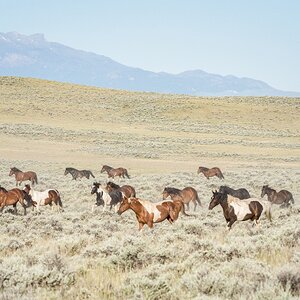


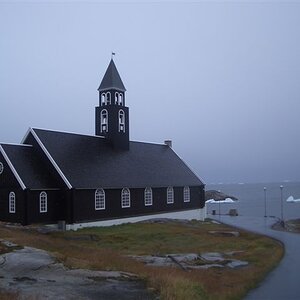
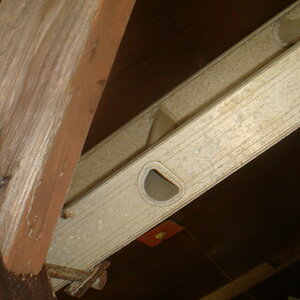
![[No title]](/data/xfmg/thumbnail/37/37602-1ef8dbb1c2d0e4ff347ee65d328c3603.jpg?1619738147)
